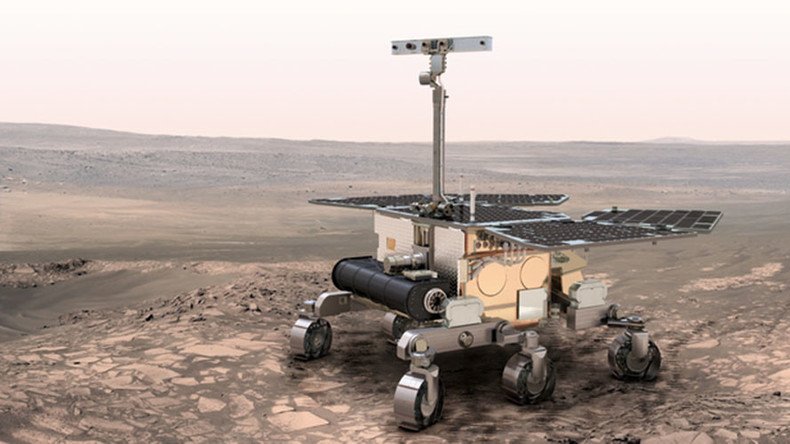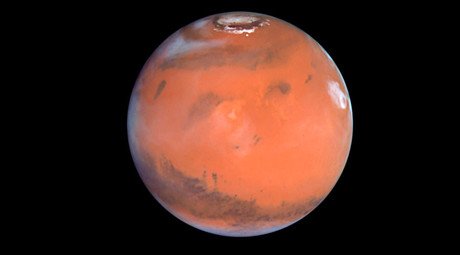Moisture farm on Mars could lead to water supply for future astronauts

Astronauts traveling to Mars in the future may not have to worry about the water situation on the Red Planet. A moisture farm is scheduled to be developed on the planet's surface in 2018, which could potentially provide H20 both for humans and greenhouses.
The moisture farm will be part of the 2018 ExoMars mission, a joint project between the European Space Agency (ESA) and Russia's Roscosmos. The plan will be made possible by the Habitability, Brine Irradiation and Temperature package (HABIT), which will use salts to absorb five milliliters of water from the atmosphere a day.
The decision to create the farm comes after results from NASA's Curiosity rover earlier this year suggested that liquid water accumulates just beneath the surface of Mars at night, before evaporating during the day.
HABIT can hold up to 25 milliliters of water in total. Although that may not sound like much, the amount could easily be scaled up to provide water for future crew members to Mars, Javier Martin-Torres of Luleå University of Technology in Kiruna, Sweden, told New Scientist.
“HABIT can be easily adapted to ‘water-farms’ for in-situ resource production,” he said. “We will produce Martian liquid water on Mars that could be used in the future exploration of Mars for astronauts and greenhouses.”
Martin-Torres and his team estimate that HABIT will cycle through 50 liters of water during one Martian year.
“This cyclical and natural separation process that extracts pure water is key for future applications,” he said. “It requires no extra energy, is self-sustained, and the resulting dry salts are ready again for the next cycle in the process.”
If the water collection is successful, it could be great news for NASA, which is aiming to send humans to Mars in the 2030s.
But collecting water isn't the only task that HABIT will be responsible for. The instrument will be mounted on a static lander, where it will also act as a weather station, measuring the local temperature and relative humidity. It will also have a container to capture falling atmospheric dust, to see if dust levels change with the Martian seasons.
The ExoMars mission, planned to launch in May 2018, also comprises of a European-led rover that will be the first to combine driving across the surface of Mars with drilling two meters below the surface, as well as a stationary surface platform.













